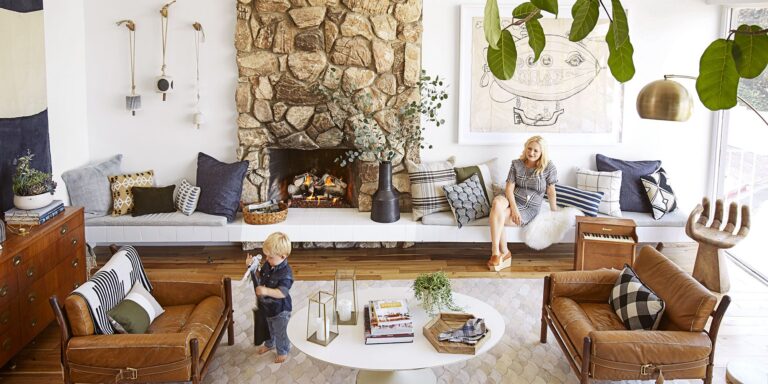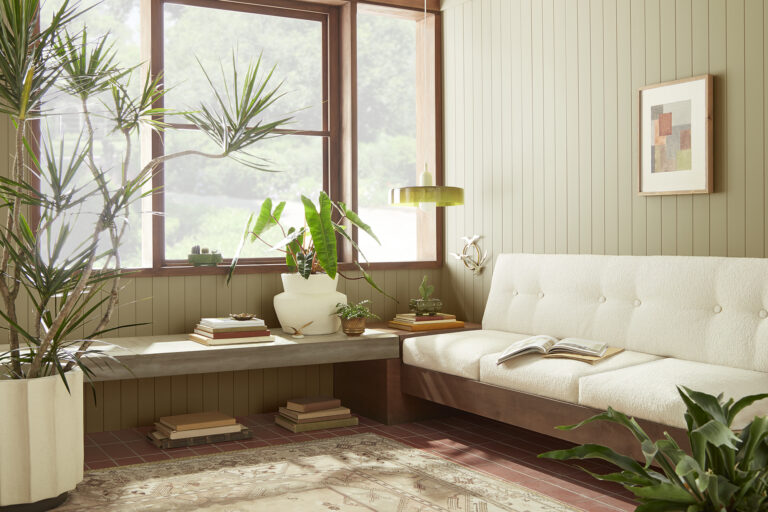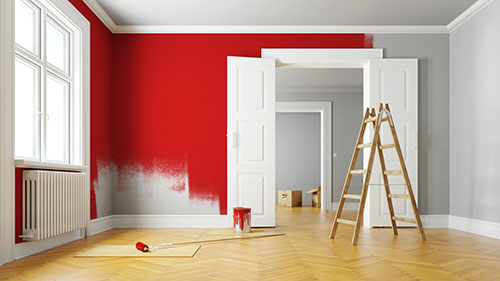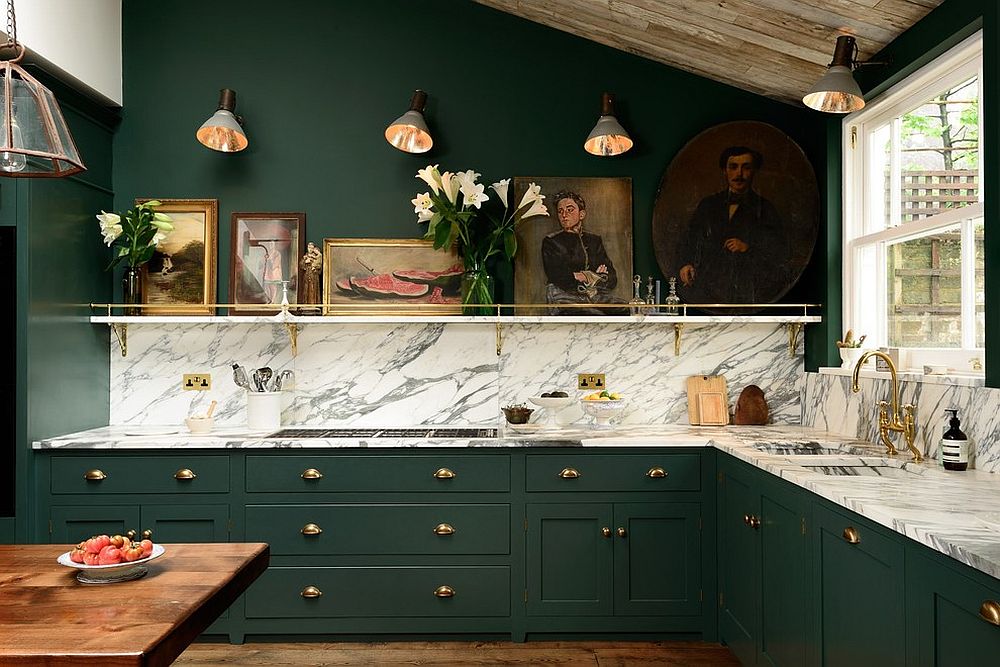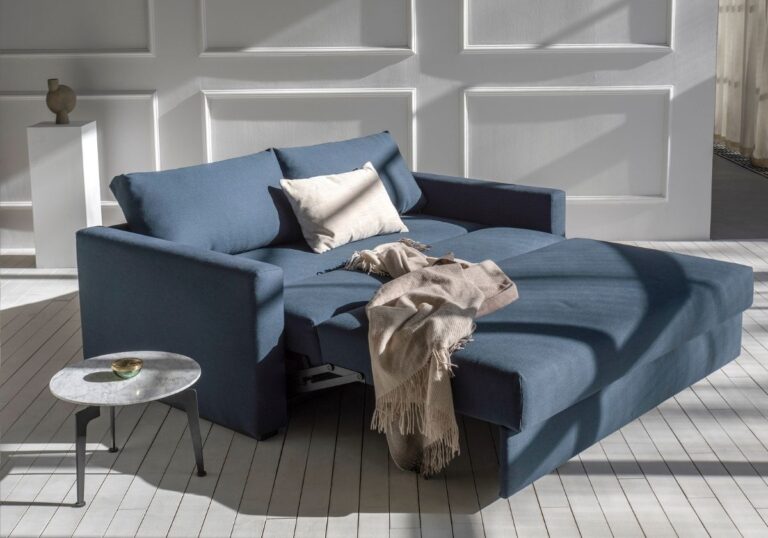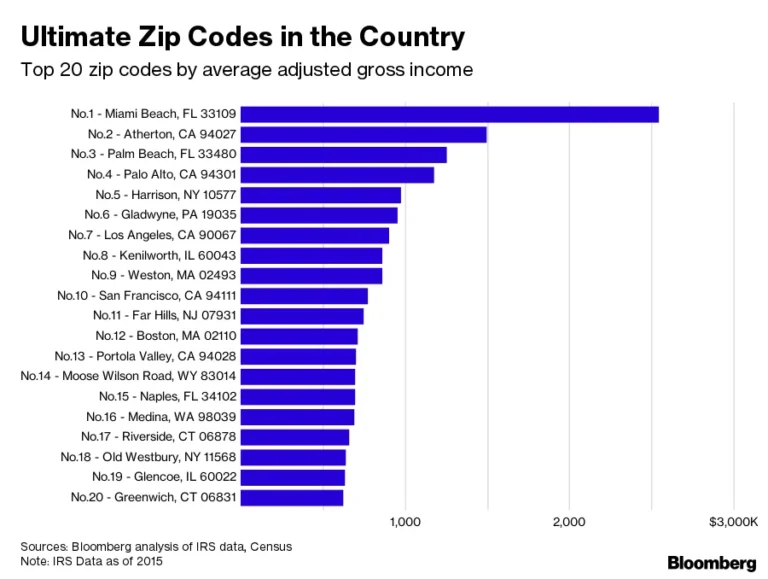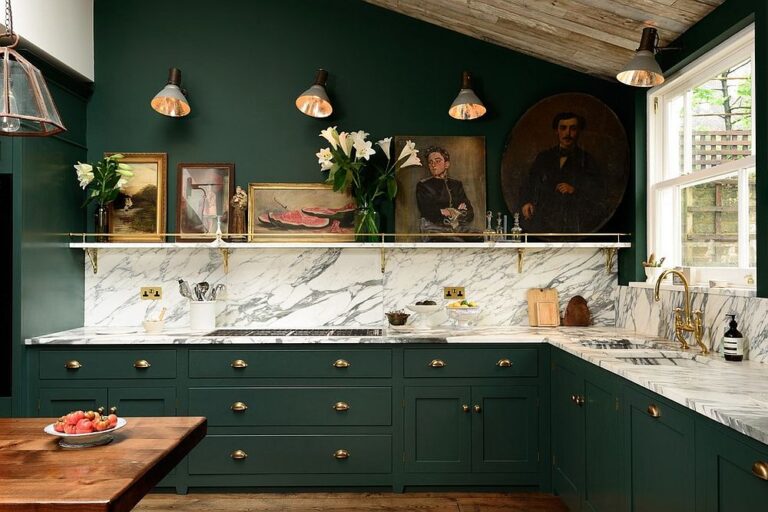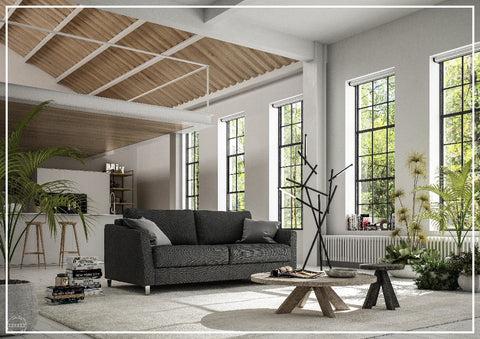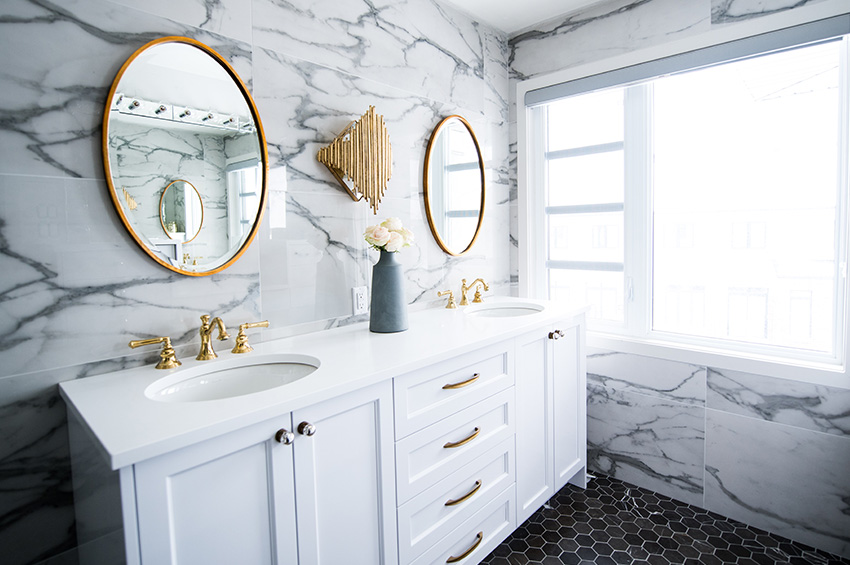When Sarah and Jake first started planning their dream kitchen, they imagined sleek countertops, a stylish backsplash, and the latest appliances. But when their daughter, Emma, was diagnosed with asthma, their priorities shifted. They began to think beyond aesthetics and consider how their choices could impact their family’s health and the environment. The couple discovered the concept of a “green kitchen”—a space designed not only for function and beauty but also for sustainability and wellness. Their vision quickly evolved into creating a kitchen that was eco-friendly, energy-efficient, and built from materials that would contribute to a healthier home.
For Sarah and Jake, embracing a green kitchen meant more than just energy savings—it became a lifestyle choice rooted in sustainability and well-being. As environmental concerns grow and more people seek healthier, sustainable lifestyles, green kitchens are becoming a popular choice for homeowners looking to reduce their carbon footprint. But what exactly does it mean to have a green kitchen? And how can it benefit both the environment and your family? In this article, we will explore the elements of a green kitchen, the latest trends, and the statistics behind this growing movement.
- What is a Green Kitchen?
A green kitchen is designed to minimize environmental impact by using sustainable materials, energy-efficient appliances, water-saving technologies, and eco-friendly practices. It’s a space that balances aesthetics, function, and sustainability, creating a healthier environment for your family while contributing to the planet’s well-being.
1.1. Energy Efficiency
One of the cornerstones of a green kitchen is energy efficiency. With kitchens being one of the most energy-consuming areas of a home, reducing energy use can significantly lower your carbon footprint. According to the U.S. Energy Information Administration (EIA), kitchen appliances like refrigerators, ovens, and dishwashers account for about 20% of a home’s total energy consumption. (Source: EIA, 2022) By opting for Energy Star-rated appliances, homeowners can reduce energy use by 10-50%, depending on the appliance.
1.2. Sustainable Materials
Green kitchens prioritize using sustainable materials for countertops, cabinetry, flooring, and finishes. These materials are often sourced from renewable resources, recycled content, or materials that have a lower environmental impact. For example, bamboo, reclaimed wood, and recycled glass countertops are popular eco-friendly options that not only look beautiful but also minimize environmental harm.
1.3. Water Conservation
Water efficiency is another important factor in a green kitchen. Kitchens are responsible for a significant portion of household water use, particularly through faucets, dishwashers, and water filtration systems. The U.S. Environmental Protection Agency (EPA) estimates that kitchen faucets account for around 15% of indoor household water use. (Source: EPA WaterSense Report, 2021) Installing low-flow faucets and water-efficient dishwashers can significantly reduce water consumption, saving both water and money on utility bills.
The Benefits of a Green Kitchen
Choosing to go green in the kitchen offers numerous benefits beyond reducing environmental impact. Homeowners often discover that sustainable kitchen practices can improve their health, lower utility bills, and increase the value of their homes.
2.1. Improved Air Quality and Health
One of the most significant advantages of creating a green kitchen is improved indoor air quality. Traditional kitchens can contain materials that emit volatile organic compounds (VOCs), which are harmful chemicals found in paints, adhesives, and finishes. VOCs contribute to indoor air pollution and can trigger respiratory issues, allergies, and other health concerns. In contrast, green kitchens use low-VOC or VOC-free paints, adhesives, and sealants, helping to create a healthier indoor environment.
According to a report by the Harvard T.H. Chan School of Public Health, indoor air pollution is a significant contributor to respiratory issues, with poor air quality linked to 3.8 million deaths annually worldwide (Source: Harvard T.H. Chan School of Public Health, 2020). By opting for non-toxic materials in your kitchen, you can reduce the risk of indoor air pollution and protect your family’s health.
2.2. Lower Utility Bills
Energy-efficient appliances, LED lighting, and water-saving faucets don’t just reduce your environmental footprint—they can also save you money. According to Energy Star, replacing old kitchen appliances with their energy-efficient counterparts can save homeowners up to $450 a year in energy costs. (Source: Energy Star Annual Savings Report, 2021) These savings can add up over time, making a green kitchen a wise long-term investment.
2.3. Increased Home Value
As sustainability becomes a higher priority for homebuyers, green kitchens can increase the value of your home. A study by Zillow found that homes with eco-friendly features, including energy-efficient kitchens, sold for 4% more on average than those without. (Source: Zillow Real Estate Trends, 2021) A green kitchen can be a major selling point, appealing to buyers who are looking for a home that aligns with their values of environmental responsibility and long-term savings.
Key Elements of a Green Kitchen
Whether you’re renovating your kitchen or designing one from scratch, there are several key elements to consider when building a green kitchen.
3.1. Energy-Efficient Appliances
When it comes to energy efficiency, appliances are where you can make the most significant impact. Look for the Energy Star label, which ensures that the appliance meets the strict energy efficiency guidelines set by the U.S. Environmental Protection Agency. Energy-efficient refrigerators, dishwashers, and ovens use less energy while performing just as well—if not better—than their non-energy-efficient counterparts.
For example, Energy Star-certified refrigerators use about 15% less energy than non-certified models, while energy-efficient dishwashers can save up to 3,870 gallons of water over their lifetime. (Source: Energy Star, 2022 Appliance Efficiency Report)
3.2. Sustainable and Non-Toxic Materials
Choosing sustainable materials for your green kitchen is a crucial step in reducing its environmental impact. Here are a few eco-friendly options to consider:
- Reclaimed wood: Using reclaimed wood for cabinets or shelving minimizes the need for new lumber, adds character to your kitchen, and minimizes deforestation.
- Bamboo: Bamboo is a fast-growing, renewable resource that can be used for flooring, countertops, and cabinetry. Its durability and sustainability make it a popular choice for green kitchens.
- Recycled countertops: Countertops made from recycled glass, concrete, or paper composites are eco-friendly alternatives to traditional materials like granite or marble. These options use less raw material and often incorporate waste products that would otherwise end up in landfills.
3.3. LED Lighting
Lighting is an important consideration in a green kitchen, and using energy-efficient LED bulbs can reduce your electricity use by 75% compared to traditional incandescent Lighting. According to the U.S. Department of Energy, the widespread adoption of LED Lighting could save about 348 terawatt-hours of electricity by 2030, which equates to the annual electrical output of 44 large power plants. (Source: U.S. Department of Energy Lighting Study, 2022)
Incorporating natural light through windows and skylights can also reduce the need for artificial Lighting during the day, further lowering energy consumption.
3.4. Water-Efficient Fixtures
To make your kitchen as water-efficient as possible, invest in water-saving fixtures and appliances. Low-flow faucets, for example, can reduce water usage by 30-50% without sacrificing performance. Additionally, water-efficient dishwashers use less water per cycle than traditional models, helping you conserve water while maintaining convenience.
The EPA’s WaterSense program reports that installing water-efficient fixtures can save an average family up to 700 gallons of water per year. (Source: EPA WaterSense, 2021)
Green Kitchen Design Trends
The rise of eco-conscious living has sparked several exciting design trends in green kitchens. These trends merge style and sustainability, proving that going green doesn’t mean compromising on aesthetics.
4.1. Minimalism
Simplicity and minimalism are key design principles in green kitchens. By reducing clutter and focusing on clean lines and natural materials, homeowners can create a space that feels open, airy, and environmentally conscious. A minimalist approach often means using fewer materials and focusing on durable, long-lasting products, reducing waste in the long run.
4.2. Vintage and Upcycled Furniture
Incorporating vintage or upcycled furniture into your kitchen design is an eco-friendly way to furnish the space while giving old items new life. Using vintage dining tables, stools, or cabinets not only adds character to the kitchen but also reduces the demand for new manufacturing, thereby lowering your carbon footprint.
4.3. Smart Kitchens
Technology plays an important role in sustainability, and smart kitchens are becoming more popular for their energy-saving features. Smart appliances can optimize energy use by adjusting their settings based on usage patterns, while smart faucets can automatically control water flow to prevent waste.
Conclusion:
For Sarah, Jake, and their daughter Emma, transitioning to a green kitchen was more than just a design choice—it was a way to embrace a healthier, more sustainable lifestyle. Their journey highlights the growing trend of eco-friendly living, where the kitchen becomes a focal point for both sustainability and wellness.
From energy-efficient appliances to sustainable materials and water-saving fixtures, green kitchens are transforming homes across the country. Whether you’re renovating or starting from scratch, designing a green kitchen is a rewarding way to reduce your environmental impact, save money on utility bills, and create a healthier space for your family. With growing awareness of climate change and the desire for healthier living environments, green kitchens are more than a trend—they are the future of home design.


